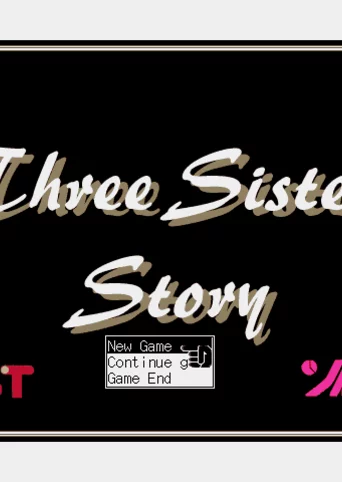
Three Sisters' Story
Genres:Adventure, Visual Novel
Themes:Erotic
Story:An adult bishoujo game released in the United States by JAST USA
Vote to bring this game to GOG and help preserve it.59
this was fun to play on 90s would like to nuy this game on GOG!!!!!!!!!!!!!!!!!!!!!!!!!!!!!!!!!!!!!!!!!!!!!!!!!!!!!!!!!!!!!!!!!!!!!!!!!!!!!!!!!!!!!!!!!!!!!!!!!!!!!!!!!!!!
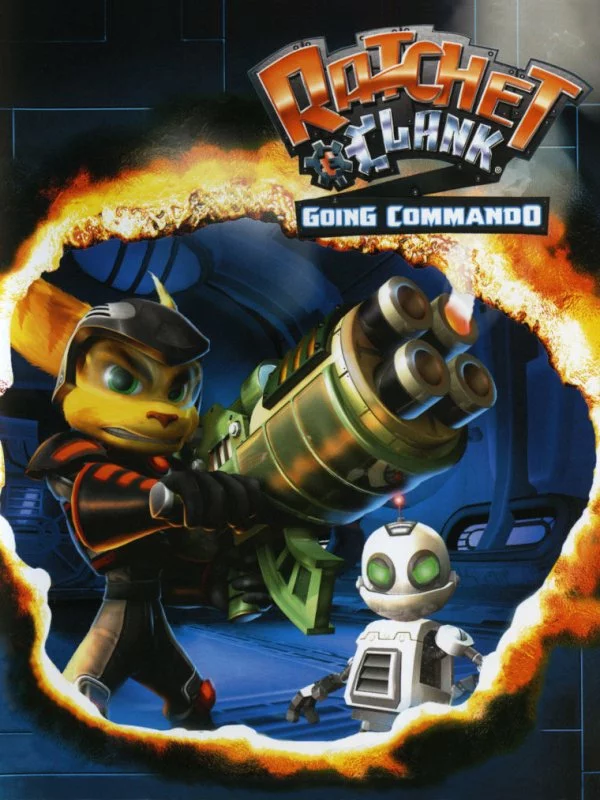
Ratchet & Clank: Going CommandoRatchet and Clank return as heroes for hire in Ratchet and Clank: Going Commando, the second game in this action platforming franchise.There are 18 entirely new weapons, as well as five weapons from the first game (you can upload them if using your old memory save). Each weapon is upgradeable, utilizing a new experience system, where weapons transform into more powerful forms the more they are used. In addition to main story levels, new Maxi-games give players a chance to test their skills and gain experience.Action Comedy Science fiction
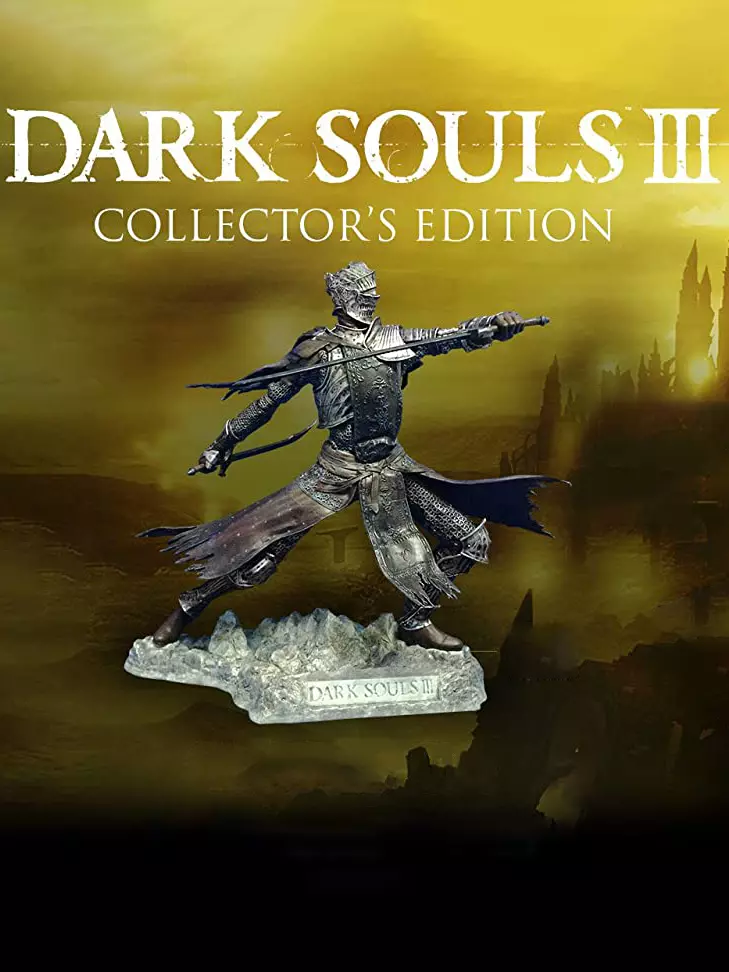
Dark Souls III: Collector's EditionDark Souls III: Collector's Edition is a special edition released alongside the game in April 2016. It includes:
-10" Red Knight Statue
-Prima Starter Guide
-Official Dark Souls III Soundtrack
-Official art book
-Cloth game map
-Collector's box
-Dark Souls III SoftwareAction Fantasy
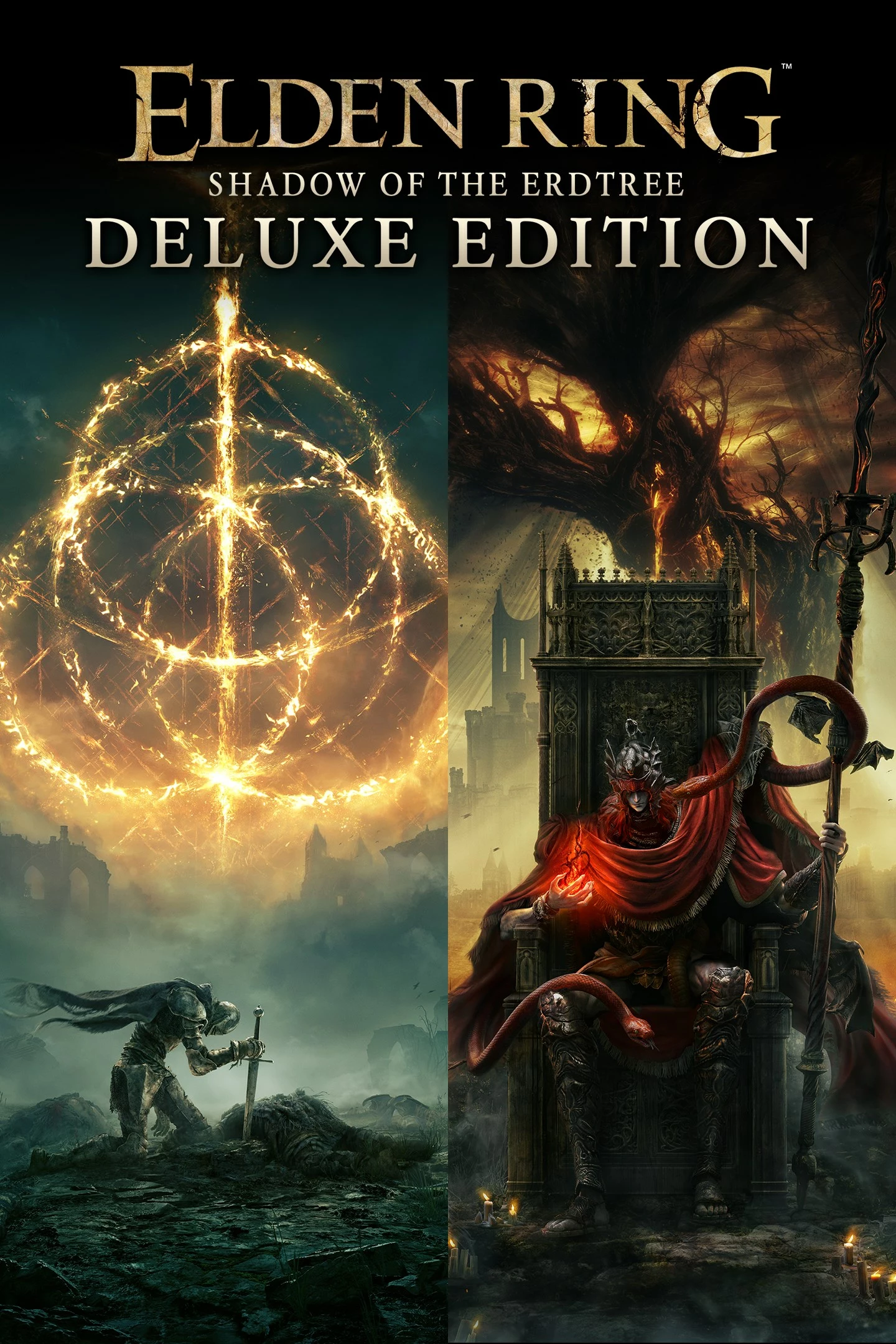
Elden Ring: Shadow of the Erdtree Deluxe EditionElden Ring: Shadow of the Erdtree Deluxe Edition includes:
• The base game
• The Shadow of the Erdtree expansion
• The base game's Digital Artbook & Original Soundtrack
• The Shadow of the Erdtree expansion's Artbook & SoundtrackOpen world Action Fantasy
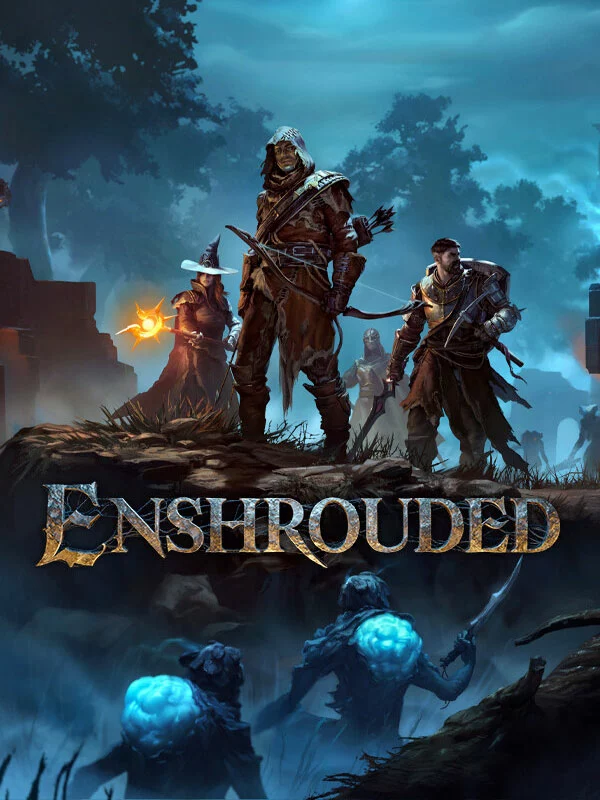
EnshroudedYou are Flameborn, last ember of hope of a dying race. Awaken, survive the terror of a corrupting fog, and reclaim the lost beauty of your kingdom. Venture into a vast world, vanquish punishing bosses, build grand halls and forge your path in this co-op survival Action RPG for up to 16 players.Action Survival
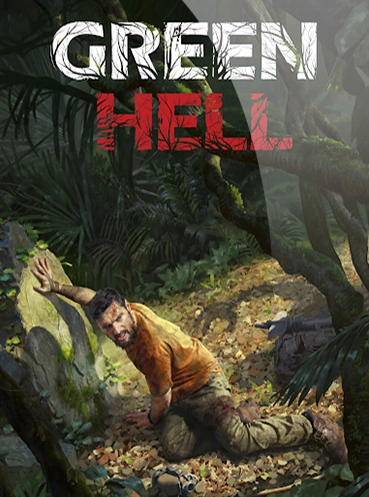
Green HellGreen Hell is a sweltering struggle for survival in the Amazonian rainforest. Clinging to life, the player is set on a journey of durability as the effects of solitude wear heavy not only on the body but also the mind. How long can you survive against the dangers of the unknown?Open world Action Survival
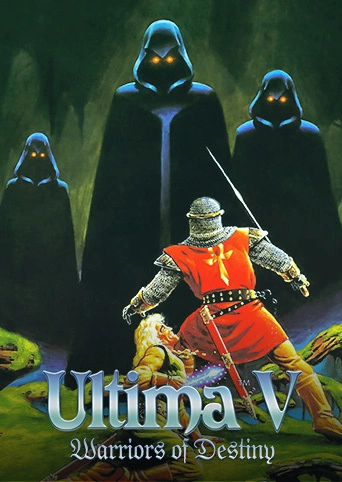
Ultima V: Warriors of DestinyAfter a century of relative peace, the Avatar of Virtue is summoned back to the medieval kingdom of Britannia to deal with a new threat: the usurper Lord Blackthorn, a formerly honorable nobleman who has been corrupted by strange new creatures called the Shadowlords. After the recent disappearance of the true king, Lord British, the realm has fallen under martial law. Blackthorn now rules the land by brutally enforcing the eight Virtues upon the people of Britannia - corrupting their meaning in the process. The Avatar must gather together his former companions, now made outlaws by Blackthorn's regime, and venture forth to defeat the vile Shadowlords and recover the true king from the shadowy depths of the Underworld.Fantasy
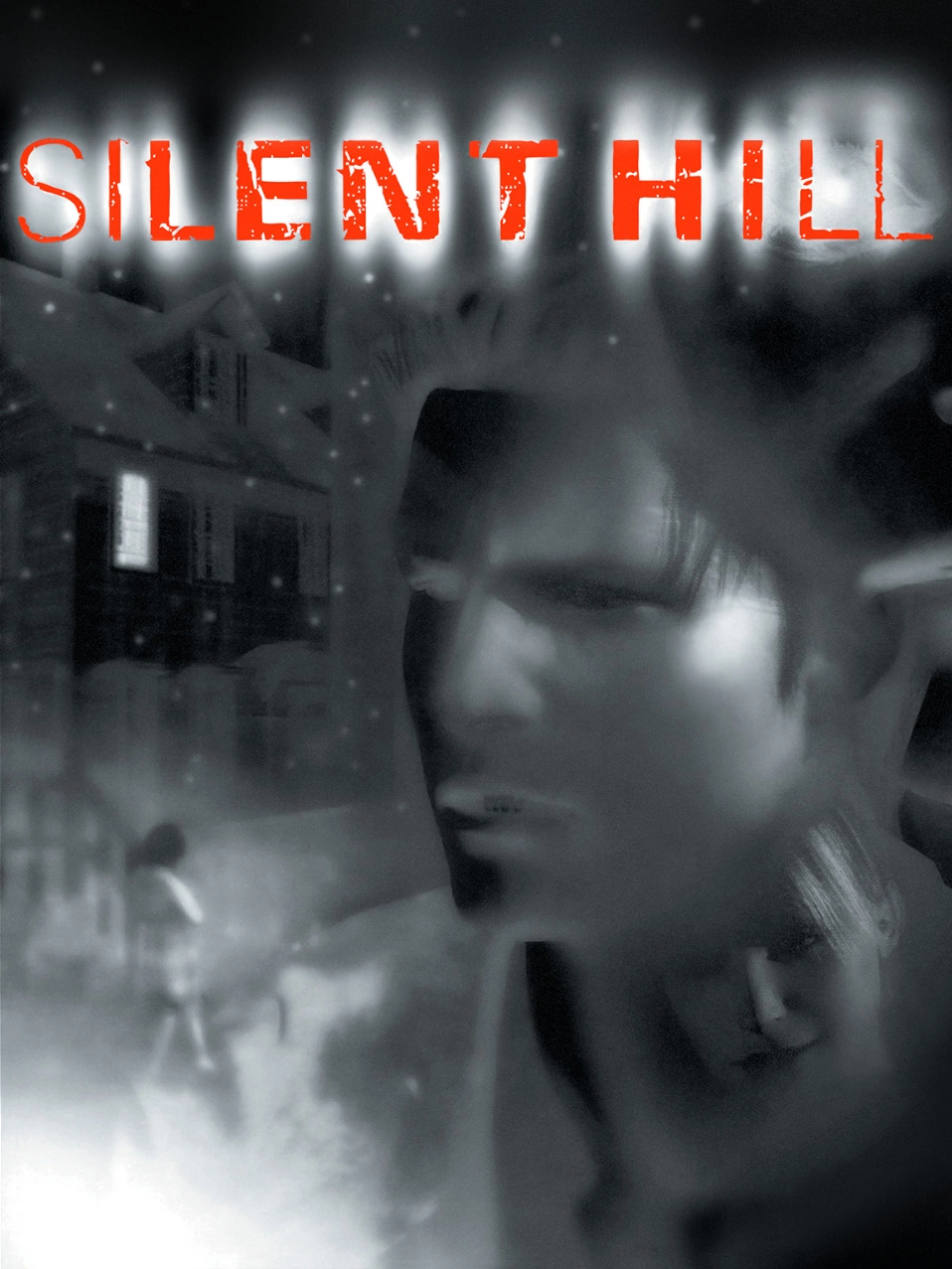
Silent HillSilent Hill is the first installment in the Silent Hill series of psychological survival horror video games. Unlike earlier survival horror games that focused on protagonists with combat training, the main character Harry Mason is an average man. The gameplay consists of combat, exploration, and puzzle-solving. The controller vibration is used to indicate Harry's heartbeat and will vibrate on low health. The player must regularly enter an inventory screen to check Harry's health, use items, and equip different weapons.Our Pick Top Trending Action Horror Survival
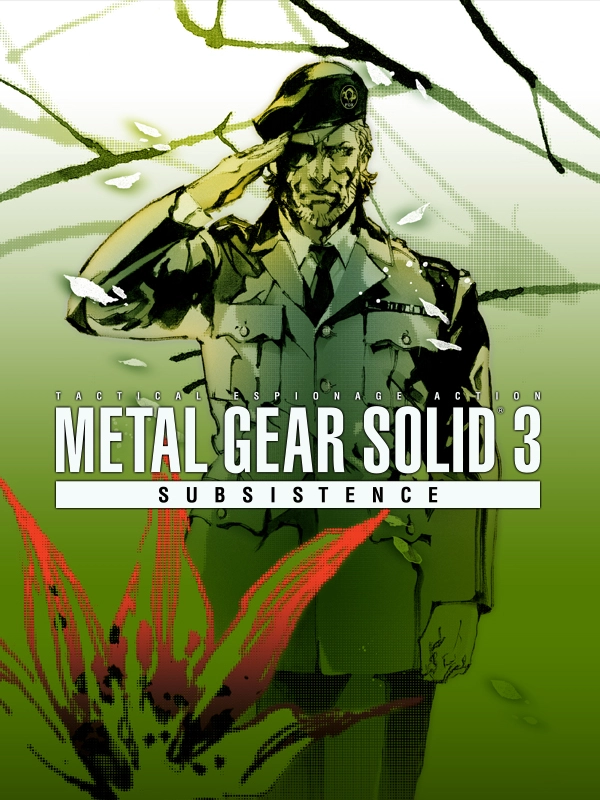
Metal Gear Solid 3: SubsistenceMetal Gear Solid 3: Subsistence continues the Metal Gear Solid series tradition of follow-up enhanced, international version releases.
Subsistence's online multiplayer component, titled Metal Gear Online, consists of five tournament-style game modes, each with a capacity of up to eight players. This mode pits players, each playing as a generic soldier against each other in deathmatch battles and variations of capture the flag, using stages, items, maneuvers, and units (such as the KGB, GRU or Ocelot Unit) from the main game.Action Fantasy Historical Stealth Survival Drama
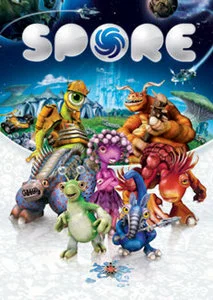
SporeFrom Single Cell to Galactic God, evolve your creature in a universe of your own creations. Play through Spore's five evolutionary stages: Cell, Creature, Tribe, Civilization, and Space. Each stage has its own unique style, challenges, and goals.Open world Action Comedy Science fiction 4X (explore, expand, exploit, and exterminate)
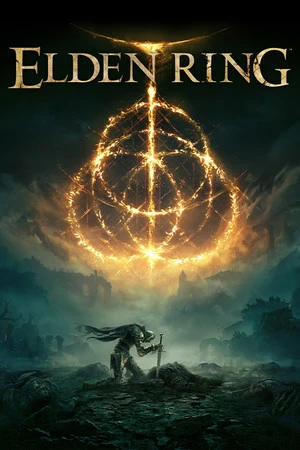
Elden RingElden Ring is an action RPG developed by FromSoftware and published by Bandai Namco Entertainment, released in February 2022. Directed by Hidetaka Miyazaki, with world-building contributions from novelist George R. R. Martin, the game features an expansive open world called the Lands Between. Players assume the role of a customisable character known as the Tarnished, who must explore this world, battle formidable enemies, and seek to restore the Elden Ring to become the Elden Lord.
The game builds on the challenging gameplay mechanics familiar from the Dark Souls series but introduces a more open-ended structure with vast exploration, dynamic weather, and a day-night cycle. It offers deep lore, complex characters, and an interconnected world filled with secrets, dungeons, and powerful bosses.Open world Action Fantasy